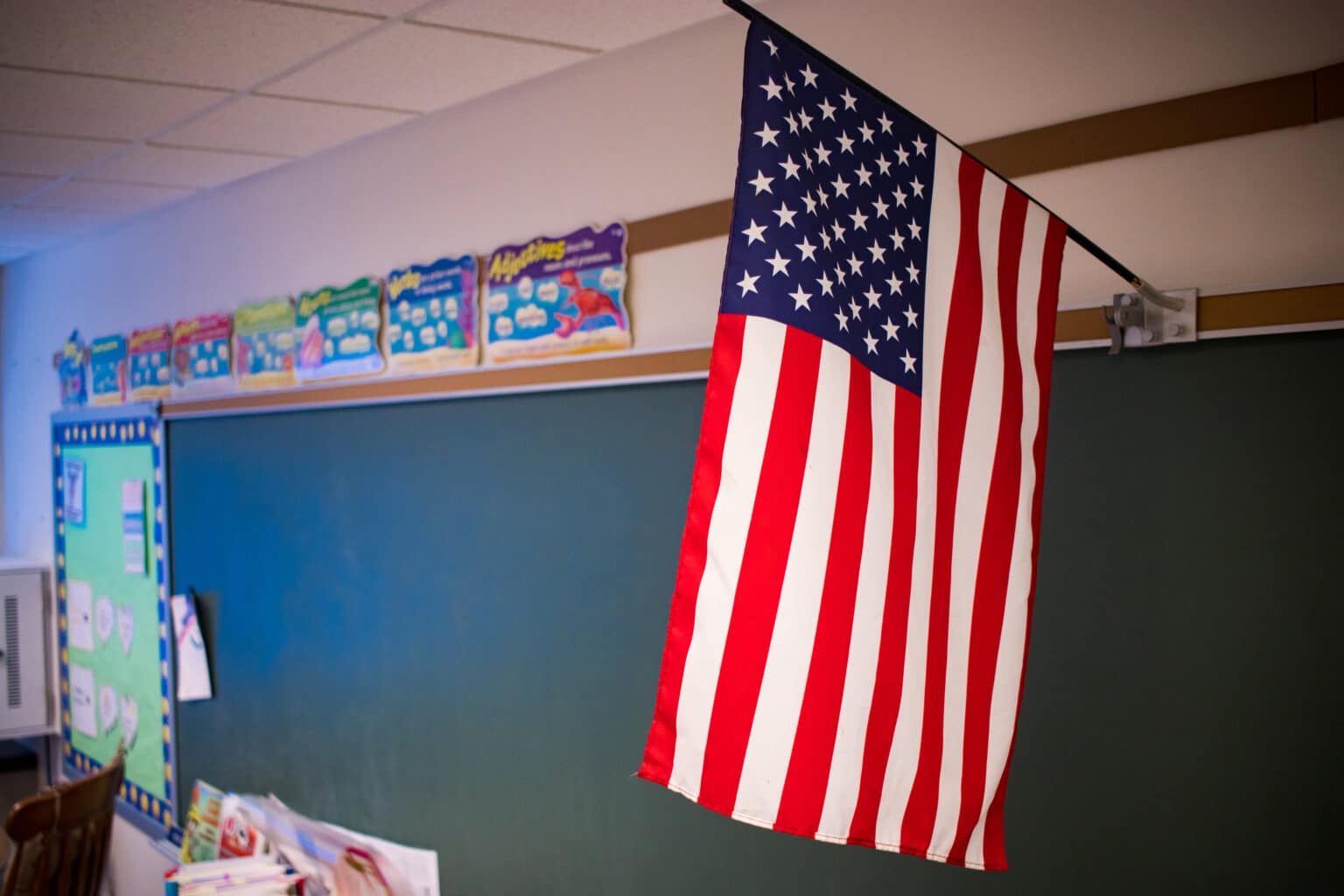EXCLUSIVE: The threat within


Victoria Rees
Share this content
Following the tragedy in Uvalde, Texas, schools are re-examining their security postures to ensure the safety of students, writes Kevin Davis, J.D., CPP.
Rather than take a piecemeal approach, schools should look holistically at the overall effectiveness of their security measures and should carefully consider a variety of solutions.
Areas that must be evaluated include physical security, policies and procedures, emergency plans, school resource officer/armed security programs, training and testing, threat assessment, mental health resources and reporting mechanisms for potential issues. Schools should take a cautious approach as they evaluate security measures and should not throw money at the latest trend without carefully weighing up the benefits.
One potential threat that has emerged to the forefront, post-pandemic, is the mental health and wellbeing of students nationwide. During the pandemic, in which isolation became the nationwide norm, schools were forced to resort to virtual instruction. No longer were students able to attend classes, socialize in person with their friends, participate in after school activities or simply leave their homes for normal daily life.
While the results are mixed as to the effect this lockdown had on curbing the transmission of COVID-19, the effects on the mental health and wellbeing of students are only just now being realized.
Virtual instruction plucked children from their routine, and in some cases, their safe place. Students with less than ideal home lives were thrust into a bad situation 24 hours a day, seven days a week. There was no longer an escape available to them. Students who had been ostracized, bullied and ridiculed at school continued to be harassed online without the coping mechanism that school provided. Angst, anxiety and anger were allowed to build over long periods of time. This is a recipe for disaster.
Many schools are just now beginning to return to in-person classes. They are trying to return to a sense of normalcy and yet are still wondering what the new normal looks like. Active shooter threats have returned to the forefront of administrator’s minds and they are struggling with the best mechanism to mitigate such an incident from happening in their school districts.
A constantly evolving threat environment
Schools should evaluate their physical security posture. How easy would it be for an intruder to enter the school? Are there problem areas that need fixing or need a solution? Is physical security negated by the actions of staff, visitors and students? All of those questions must be thoroughly examined.
Highly trained, armed personnel in schools – whether they are school resource officers or armed security – is a deterrent and response solution that all school administrators must consider. If an active shooter walked into their school district today, how quickly and effectively would that threat be neutralized? Armed response in schools is necessary, but it must also be a good response. Schools should partner with law enforcement and security personnel to ensure that responders are highly trained and are intimately familiar with the schools they are charged to protect.
Physical security measures, armed response, policy and procedure and lockdown training only resolves part of the issue of school violence. Another major piece that schools need to focus on is the mental health and wellbeing of students. The goal is to stop a threat before it ever materializes. To accomplish this, schools need to ensure that there are mechanisms in place to identify potential threats and to mitigate those threats before they come to fruition.
Schools need some form of threat assessment or behavioral intervention team. This team meets periodically to discuss potential threats to the school, incidents that cause concern or individuals who cause concern.
After nearly every school shooting, the media interview people who knew if anyone was going to conduct a school shooting and if it was going to be “that person”. Everyone seems to know, after the fact, that there were concerns with the behavior of the perpetrator before the shooting occurred. Schools must find a way to identify “that person” before tragedy occurs.
Schools should have a reporting mechanism in place that allows staff, parents and students to express concern about individuals or concerning behavior. Schools must eliminate the stigma associated with “ratting out” or telling on people exhibiting concerning behaviors. There must be an open line of communication to the threat assessment team so that the team can evaluate the concerning behavior and take steps to mitigate a potential threat.
There does not have to be an overly formal process of intervention, either. Sometimes, all it takes to avoid tragedy is to let a troubled student know that someone cares.
Schools must also ensure that there is mental health counseling available to students. Whether the school employs a Counselor, or has a mechanism in place to refer students to a Counselor, there must be some type of recourse available. Information sharing between mental health professionals and schools is limited by patient confidentiality, unless there is a threat to life, but schools can at least know that a troubled student is getting help.
School security is a complex issue, but it is an issue that all schools must take very seriously to ensure the safety of students, staff and visitors. The threat environment that schools face is constantly evolving. Schools must be prepared to meet new challenges as they arise.
This article was originally published in the October edition of Security Journal Americas. To read your FREE digital edition, click here.


